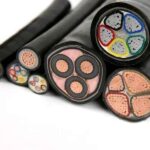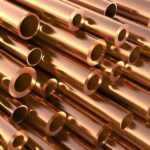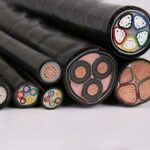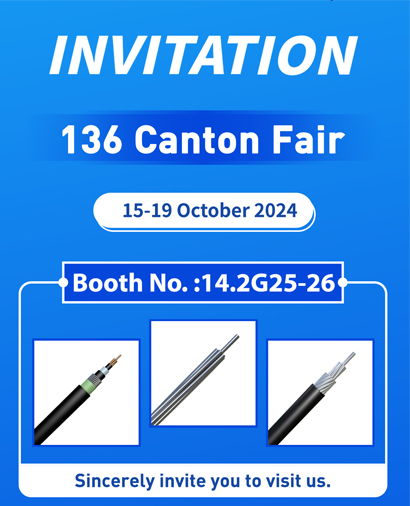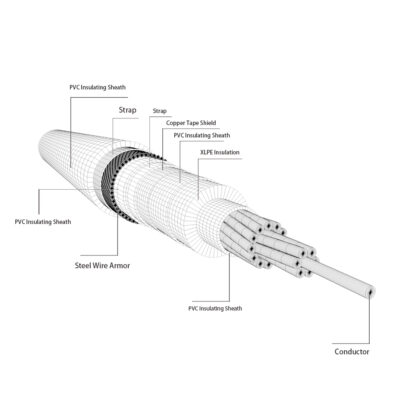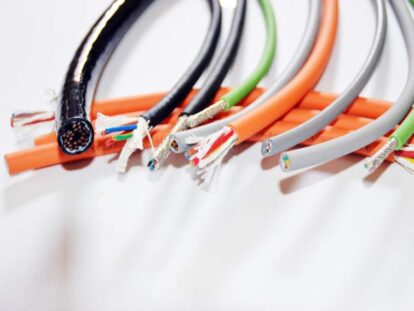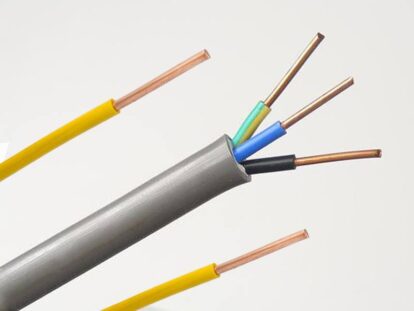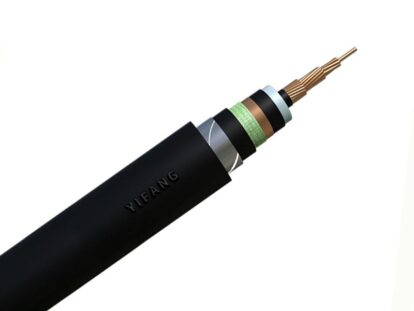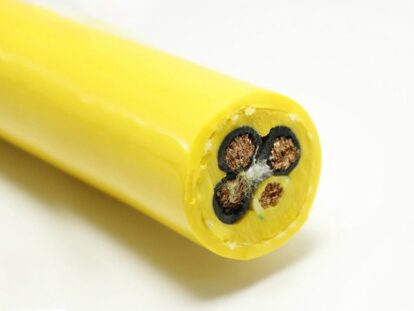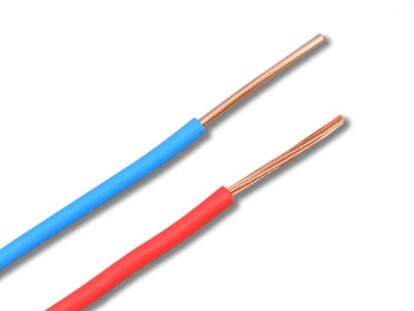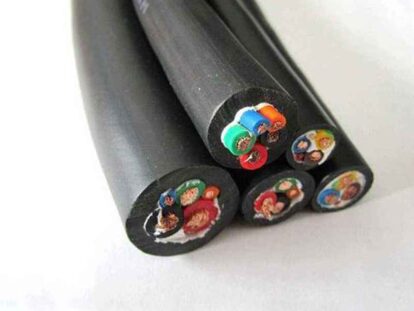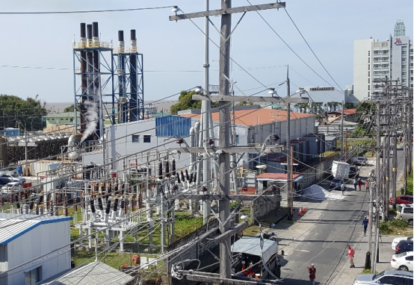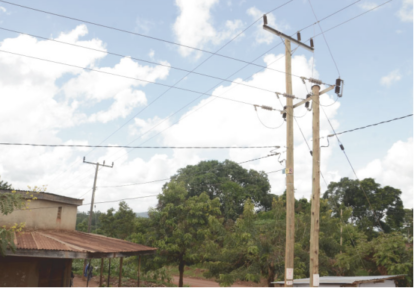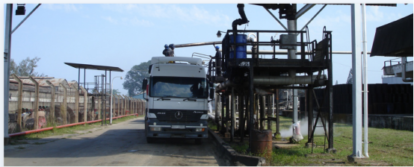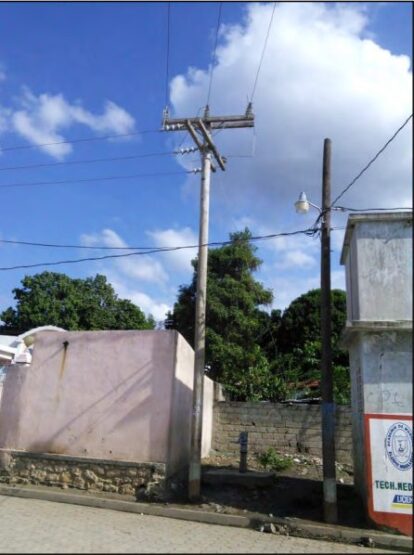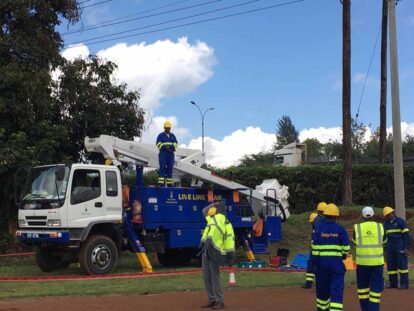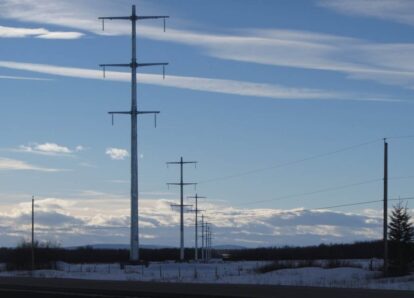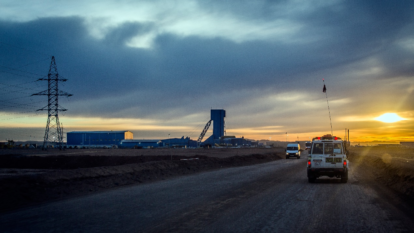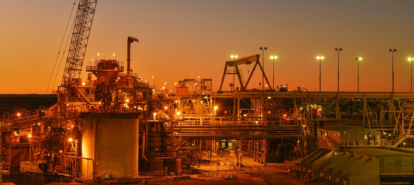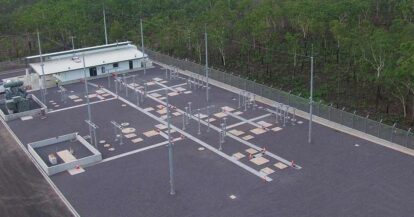At present, in the wire and cable industry, there are mainly 5 types of wires and cables. The mainstream 5 types of wires and cables on the market are: Bare cables and bare conductors, Wire and Cable, Overhead Insulated Cable, Control Cable, Special cable.
1.Bare wires and bare conductors
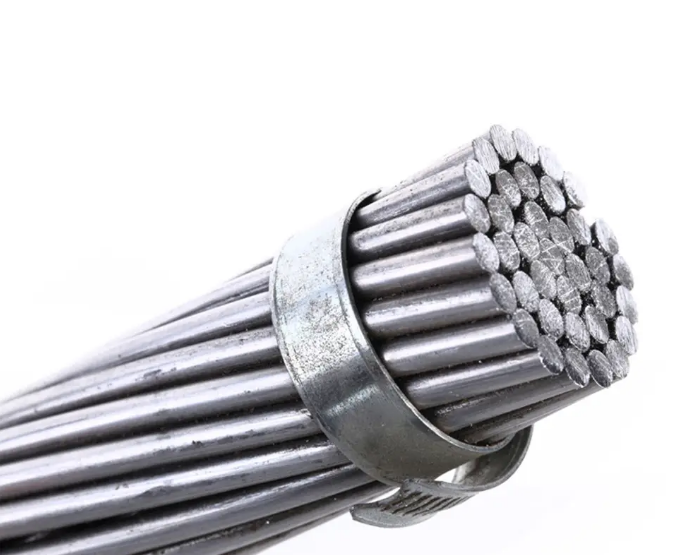
The key features of this product are: pure electrical conductor metal material, no insulation and sheathing, such as steel core aluminum stranded wire, copper-aluminum medical busbar, electric locomotive wire, etc.; the production process is mainly working pressure production and processing, such as smelting , injection molding, welding heat treatment, stranded wire / compression stranded wire, etc.; the products are mainly used in suburban, rural, high-voltage switch cabinets, etc.
2.Wires and Cables
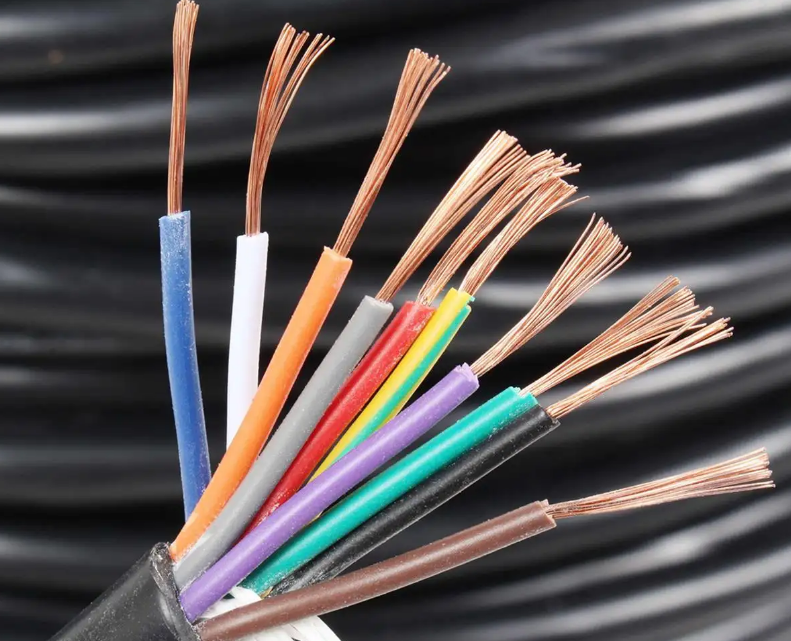
The advantages of wire and cable are: extruding (winding) a cable sheath outside the electrical conductor, such as an empty frame insulated cable, or a few-core stranded wire (matching the phase wire, neutral wire and ground wire of the power supply system), such as the air above the two cores Insulate the cable, or lift the sheath, such as plastic/rubber cable wire.
The key production processes are are drawing ,welding heat treatment, stranding, insulation layer extrusion (wrapping), cabling, armored cable, sheath extrusion, etc. The process composition of different products varies to some extent. Commodities are mainly used for weak current electromagnetic energy transmission in the route of generation, distribution, transmission, transformation and power supply systems, according to the large current (tens of amps to several thousand amps) and high working voltage (380V to 500kV and above).
3.Overhead Insulated Cable
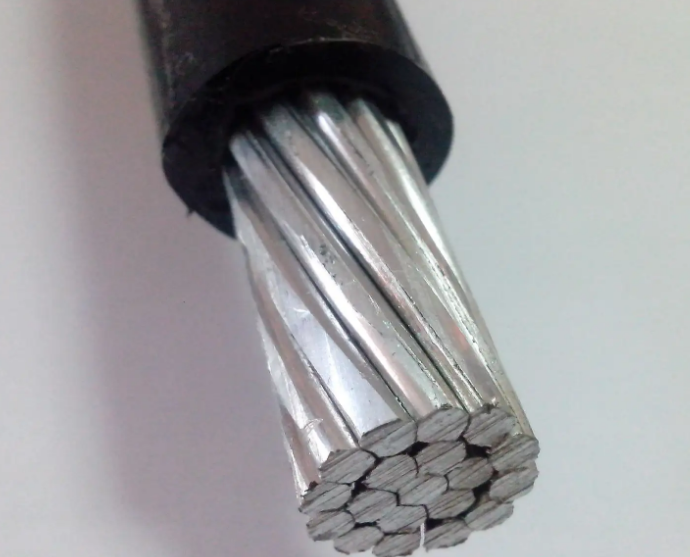
Aerial cables are characterized by the absence of a jacket. For the three misunderstandings of such cables, here are the corrections:
(1) The conductors are not only aluminum, but also copper conductors (JKYJ, JKV) and aluminum alloys (JKLHYJ). There are also steel core aluminum stranded overhead cables (JKLGY).
(2) It is not only single-core, the common ones are generally single-core, but several conductors can also be twisted into bundles.
(3) The voltage level of overhead cables is 35KV and below, not just 1KV and 10KV.
4.Control Cable
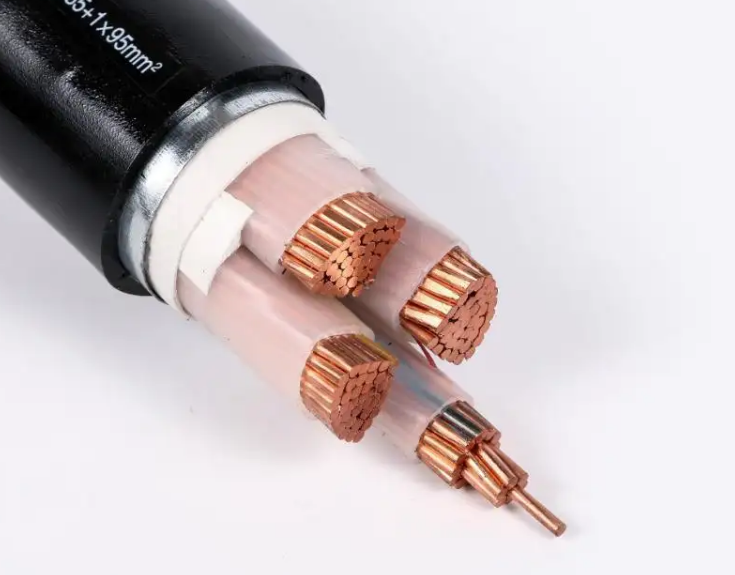
The structure of this type of cable is similar to that of power cable, and it is characterized by only copper core, no aluminum core cable, smaller conductor cross-section and more cores.
This type of cable is suitable for AC rated voltage 450/750V and below, stand-alone control or unit equipment control in power stations, substations, mines, petrochemical enterprises, etc. If it is necessary to improve the internal and external anti-interference ability of the control signal cable, a metal shielding layer can be provided.
Common models are KVV, KYJV, KYJV22, KVV22, KVVP. Model meaning: "K" control cable, "V" PVC insulation, "YJ" XLPE insulation, "V" PVC sheath, "P" copper wire shielding.
For the shielding layer, the common KVVP is copper wire shielding. If it is copper tape shielding, it is expressed as KVVP2, and if it is aluminum-plastic composite tape shielding, it is expressed as KVVP3. The shielding layers of different materials have their own characteristics and functions.
Mainly used for household and power distribution cabinets. Friends who open hardware stores are most familiar with them. The BV wire that is often referred to as the cloth wire. The models include BV, BLV, BVR, RVV, RVVP, BVVB, etc...
For this "B", this B is often seen in the model representation of wires and cables. Different places have different meanings.
Take BVVB as an example, the B at the beginning means wiring, which means the application classification of the cable, just like JK means overhead cable and K means control cable. The flat type represented by B at the end is an additional special requirement for the cable.
The meaning of BVVB is: copper core PVC insulated PVC sheathed flat cable.
5.Special cable
Special cables are cables with special functions, mainly including flame-retardant cables (ZR), low-smoke halogen-free cables (WDZ), fire-resistant cables (NH), explosion-proof cables (FB), rodent-proof cables and termite-proof cables (FS), Waterproof cable (ZS), etc.
Flame-retardant cable (ZR), low-smoke halogen-free cable (WDZ): mainly suitable for important power and control systems. When the line encounters a fire, the cable can only burn to a limited extent under the action of the external flame, and the amount of smoke is small, and the harmful gas (halogen) in the smoke is also very small.
After the external fire source is removed, the spread of the flame is only within a limited range, and the residual flame or residual burning can be extinguished by itself within a limited time. so that the fire damage to human body and property is minimized. Such cables are mainly used in important places such as petrochemical, electric power, metallurgy, high-rise buildings and densely populated places.
Fire-resistant cable (N): mainly suitable for particularly important power and control systems. When the line encounters a fire, the fire-resistant cable can resist the high temperature of 750~1000 for more than 90 minutes, ensuring safe power transmission, so as to gain sufficient time for fire fighting and disaster reduction.
On special occasions, new products are constantly derived, such as fire-resistant cables, flame-retardant cables, low-smoke halogen-free/low-smoke and low-halogen cables, termite-proof/mouse-proof cables, oil-resistant/cold-resistant/temperature-resistant/wear-resistant cables cables, irradiated cross-linked cables, etc.


